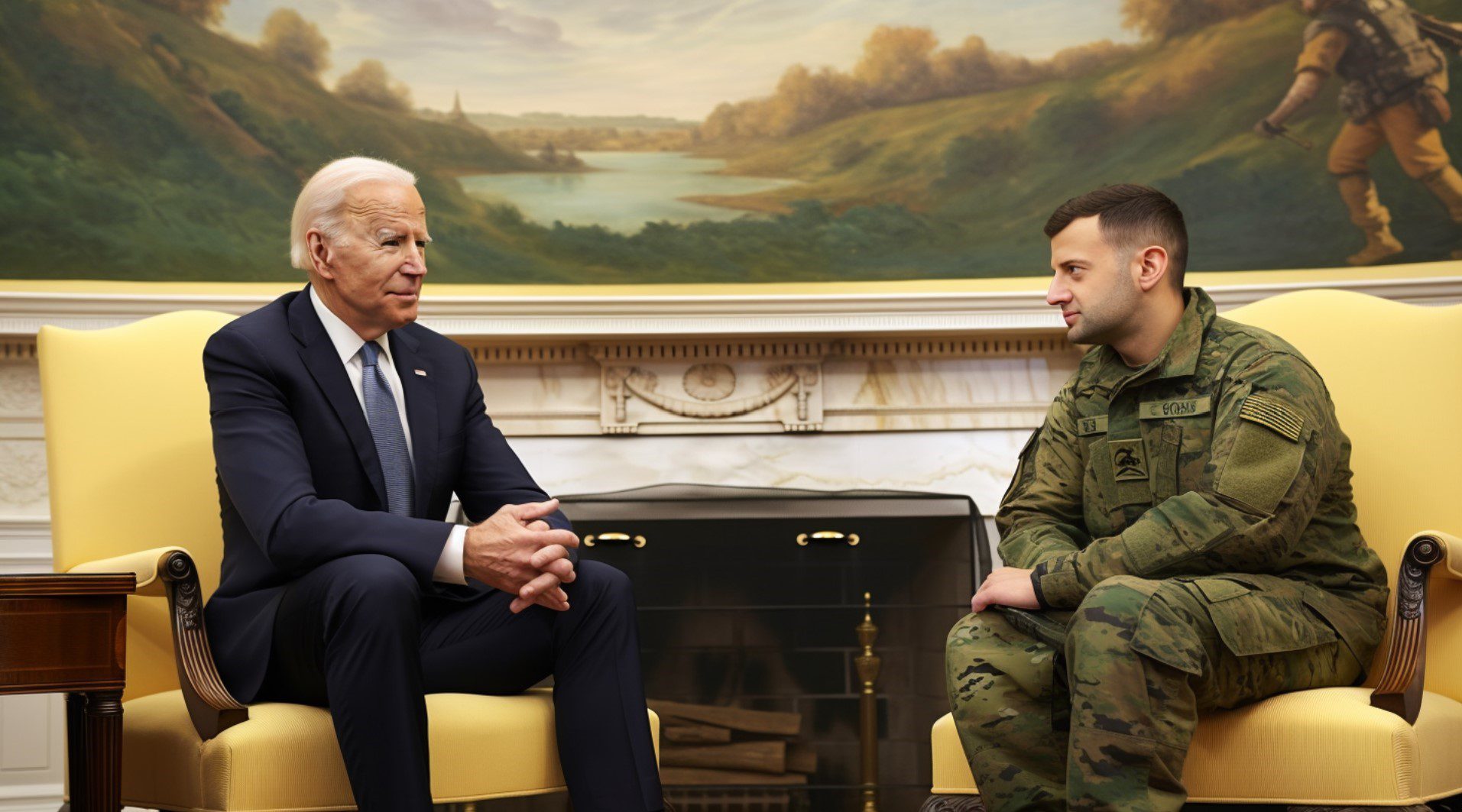
Ukrainian President Volodymyr Zelenskyy is making a high-stakes gamble with his newly crafted victory plan. Presented to Western allies and soon to be pitched directly to U.S.
President Joe Biden, this plan outlines the terms on which Ukraine aims to end Russia’s brutal invasion. The plan isn’t just a list of demands; it’s a blueprint for how Kyiv envisions winning this grueling war, setting a clear path to Ukraine’s security, sovereignty, and future within Western institutions.
The Core Elements of the Victory Plan
The victory plan is a response to the growing pressure on Ukraine from both its war-weary citizens and Western allies to define an endgame. With roughly one-fifth of Ukrainian territory under Russian control, Zelenskyy’s approach is firm: no concessions on territorial integrity and no ceasefire that leaves Russia with a tactical advantage. Here are the critical elements of the plan:
- Immediate Security Guarantees: At the heart of the plan is Ukraine’s longstanding demand for NATO membership or a comparable security guarantee. Zelenskyy’s administration sees this as crucial for deterring future Russian aggression, but it’s a point that has divided Western allies. While some U.S. officials acknowledge the potential efficacy of this measure, others remain wary of escalating direct confrontations with Moscow.
- Permission to Use Long-Range Weapons: One of the more controversial aspects involves granting Ukraine the ability to strike deep into Russian territory with long-range weaponry. Zelenskyy argues this capability is necessary to disrupt Russian logistics and military buildup far from the frontlines, but some Western nations fear it could provoke a broader conflict.
- Strengthening Ukraine’s Military Capabilities: The plan calls for a dramatic increase in Western military aid, including tanks, artillery, and air defense systems. Zelenskyy has been blunt about the urgency: “Not 10 or 31 tanks, but a thousand tanks, thousands of weapons and ammunition,” reflecting the intensity of the battles Ukraine faces, particularly in the embattled east.
- Economic and Political Support: Beyond the battlefield, the plan seeks to lock in economic aid and political commitments from Western partners. This includes further sanctions to weaken Russia’s economy and efforts to secure Ukraine’s integration into the European Union. Zelenskyy argues that Ukraine’s future within Western institutions like NATO and the EU must be assured to keep morale high and to make any negotiated settlement with Russia meaningful and sustainable.
- Ramp Up Sanctions: Another key aspect of the plan is a renewed push for tougher sanctions on Russia. Kyiv insists that targeting Russia’s defense sector and economy is vital for reducing Moscow’s capacity to continue the war. Zelenskyy sees sanctions as one of the few non-military means left to pressure the Kremlin into negotiations.
A Response to Western Skepticism
While Zelenskyy’s victory plan outlines bold actions, it also highlights the stark realities of Ukraine’s position. Western nations have been slow to approve many of Ukraine’s previous requests, often granting critical aid only after the tide of battle has turned against Kyiv. Zelenskyy’s administration is pushing hard for faster decisions, fearing that any delay could solidify Russian gains on the ground.
U.S. officials have privately expressed doubts about the feasibility of some aspects of the plan, especially regarding NATO membership and strikes inside Russia. There’s also concern about the broader geopolitical implications of granting Ukraine the means to directly hit Russian targets. Despite these reservations, some see the plan as a necessary, if risky, move to break the current stalemate and push Russia toward genuine negotiations.
The Stakes of Inaction
Zelenskyy’s plan comes amid mounting fears that without a clear and robust Western response, the war could drag on indefinitely. Kyiv’s leadership has repeatedly rejected proposals from other nations, like China and Brazil, arguing that these suggestions would merely freeze the conflict, allowing Russia to regroup. Ukraine’s stance is firm: a temporary peace that doesn’t dismantle Russia’s capacity for future invasions is not peace at all.
Zelenskyy has described his proposal as a “bridge to the Peace Summit” he hopes to convene later this year. However, Russia has already signaled its unwillingness to attend, and key international players remain divided on how to end the conflict. Still, Zelenskyy’s plan is not just about military strategy; it’s a diplomatic move aimed at rallying Western support before the geopolitical landscape shifts with upcoming U.S. elections(
Conclusion
Zelenskyy’s victory plan sets a clear and uncompromising path for Ukraine, rooted in the belief that only a decisive win can secure the country’s future. With battle lines still hot and political winds in the West always changing, Kyiv is racing against time to solidify its position. Whether this plan can unite Ukraine’s allies and turn the tide remains to be seen, but one thing is clear: Zelenskyy is playing all his cards, and the stakes couldn’t be higher.
